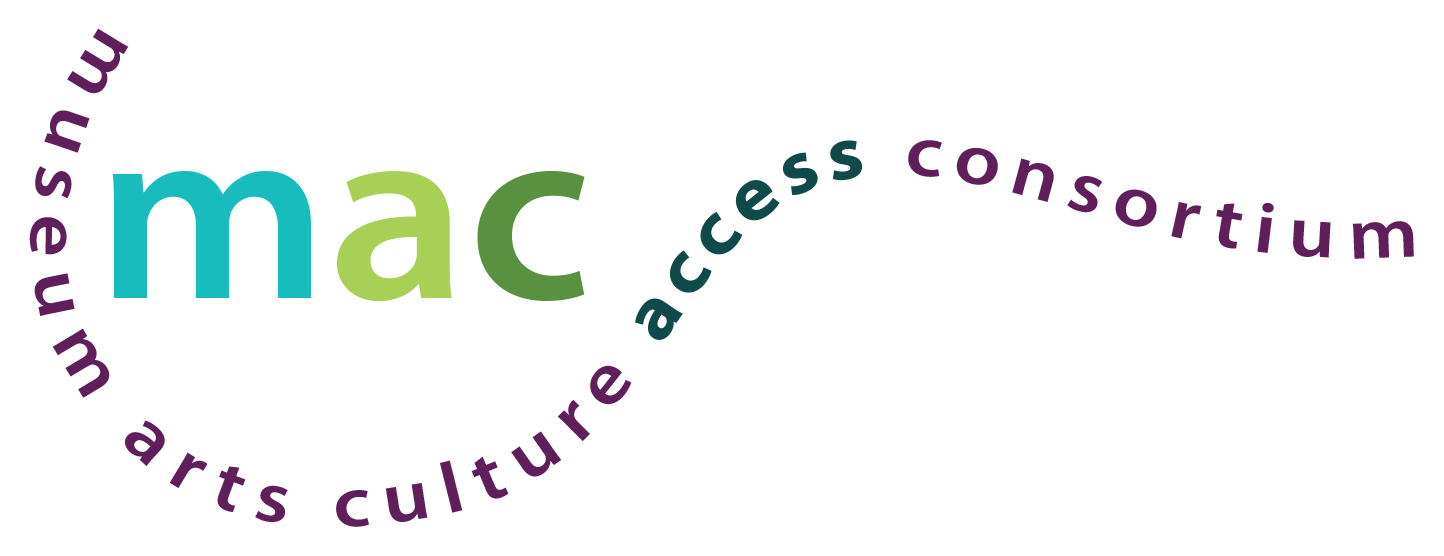10 Apr Supporting Transitions: Tips for Cultural Organizations for Engaging Individuals with Virtual Activities
As many individuals with developmental and intellectual disabilities are displaced from their day habilitation placements due to the COVID-19 pandemic, many are spending more time at home or in residential placements in need of structure and activities. This is a guide for cultural organizations and artists to aid in the creation of virtual resources and activities to support individuals with developmental and intellectual disabilities during this time. It was compiled with the input of service providers, care givers, and cultural workers as part of MAC’s Supporting Transitions project.
Things to keep in mind:
- Individuals in residential placements may not all have access to personal screens. Gathering around one screen for a long amount of time may be difficult. Including instructions for the staff to facilitate activities is helpful.
- Supplies may be limited. Using common household items will make it easier for individuals to participate.
- Reach out to your partners to find out what materials they have and what format might work best for them. Even when we are not meeting in person, partnership is important.
- Give instructions to help manage the use of materials so that no items need to be touched by multiple people.
- Help participants maintain good social distancing practices through the design of the activities. Avoid activities with touching or close proximity (modify any theater games) and avoid touching shared materials.
Engagement Ideas:
- Video workshops (live or pre-recorded) – art-based, mindfulness, or developing career readiness (mock interviews, practicing a task, etc.)
- Providing prompts for video creation – introducing a platform for the participants to share video and giving different creative prompts for responses
- Physical materials – booklets & art supplies with associated activities, sent through the cultural organization
- Meet ups and discussion groups – Social opportunities are needed for those who are now at home and away from their regular networks. These might include virtual meet ups to talk about interest areas (museums, theater, art, media, transit, history, etc.), workshops for job seekers, or the opportunity to watch a streamed performance and talk about it together.
For Video Content:
- Videos should be no longer than 10 minutes
- Use concrete, straightforward language
- Include visuals, captions, audio descriptions
- Make sure a facilitator receives instructions – when to pause, how to engage participants in the pre-recorded content
Resources: This information is adapted from the National Endowment for the Arts to help you make your work accessible to all.
- Real-time captioning options:
- Vendor examples – National Captioning Institute, CaptionAccess, and Streamtext.
- Post-production and DIY captioning options:
- Upload video to YouTube and use the platform to add captions. Be sure to edit them because auto-generated captions are not always accurate.
- Vendor examples – Rev.com, Alternative Communications Services, and ASLCaptions. Other vendors are available via internet search.
- For more information see How to Caption Your Videos – by Tina Childress, See Hear Communication Matters Blog.
- Real-time captioning options for live online events:
- Vendor examples – National Captioning Institute, CaptionAccess, and Streamtext.
- Examples of platforms with accessibility features (please note that automated captions do not replace a live person captioning):
- Zoom – Accessibility and Zoom – Getting Started with Closed Captioning (3rd party vendor required)
- Google Hangouts Meet Accessibility (automated captions)
- BlueJeans (automated)
- Jitsi Meet (automated)
- For more information see Captioning Options for Videoconferencing and Learning Management Systems – by Tina Childress, See Hear Communication Matters Blog
- Don’t forget to add alt-text to any images on digital documents.
- If ASL interpretation is needed, MAC can provide resources.

Sorry, the comment form is closed at this time.